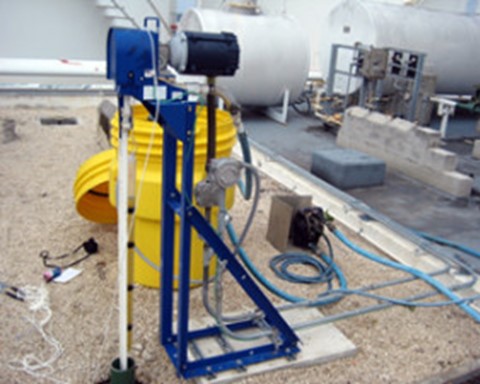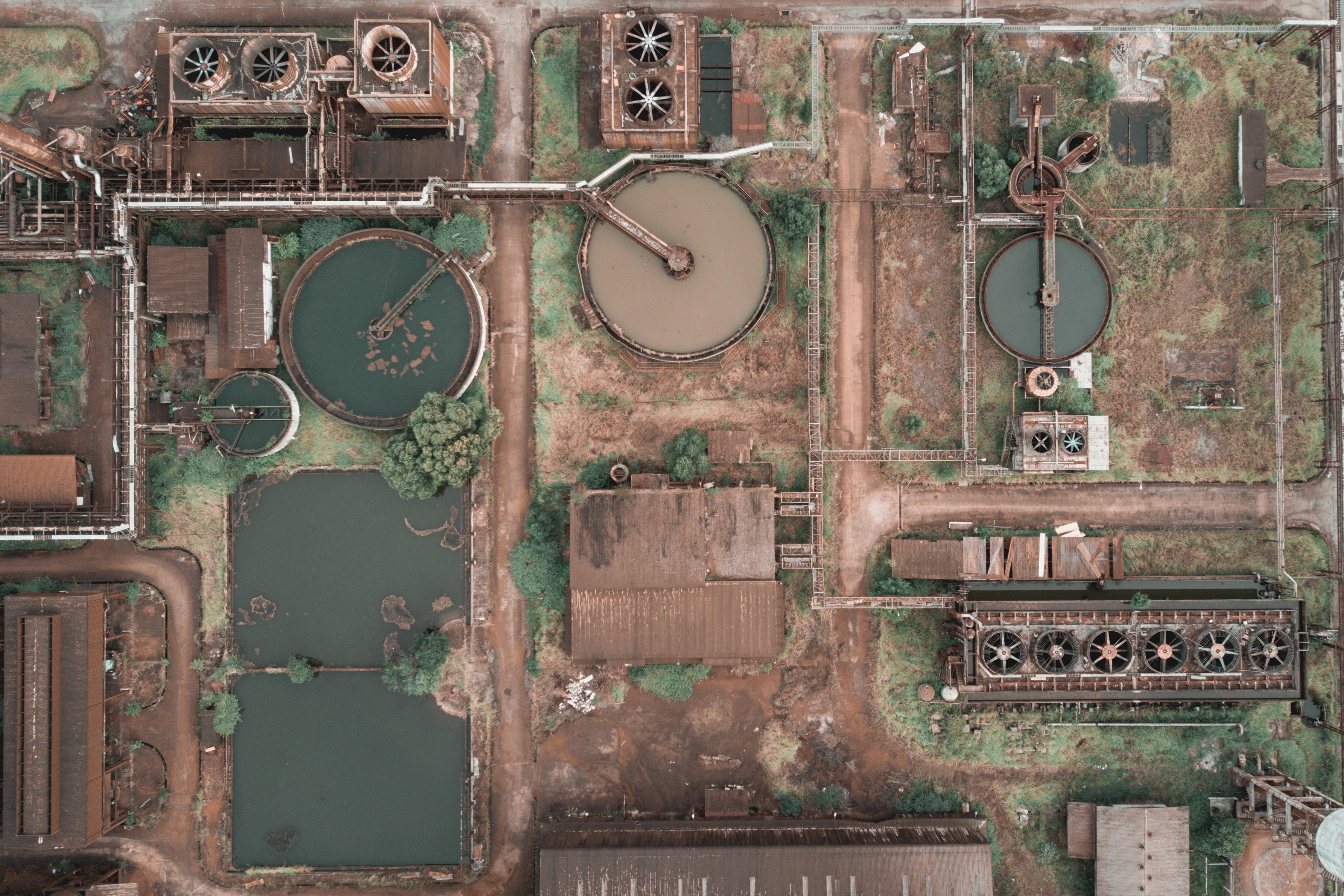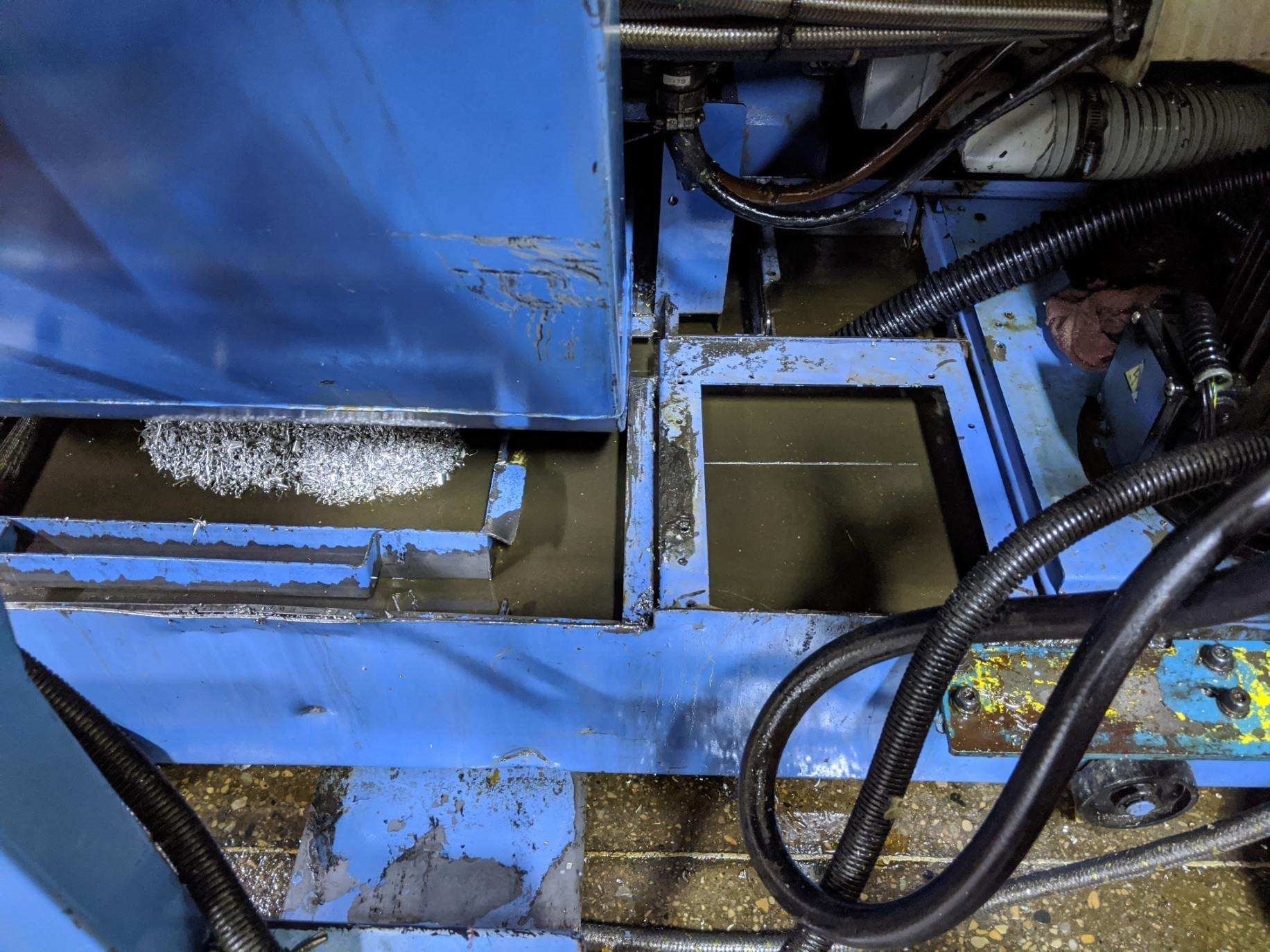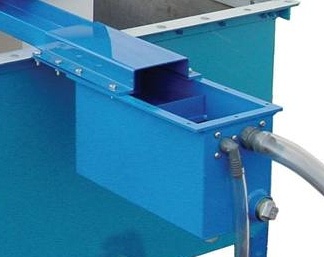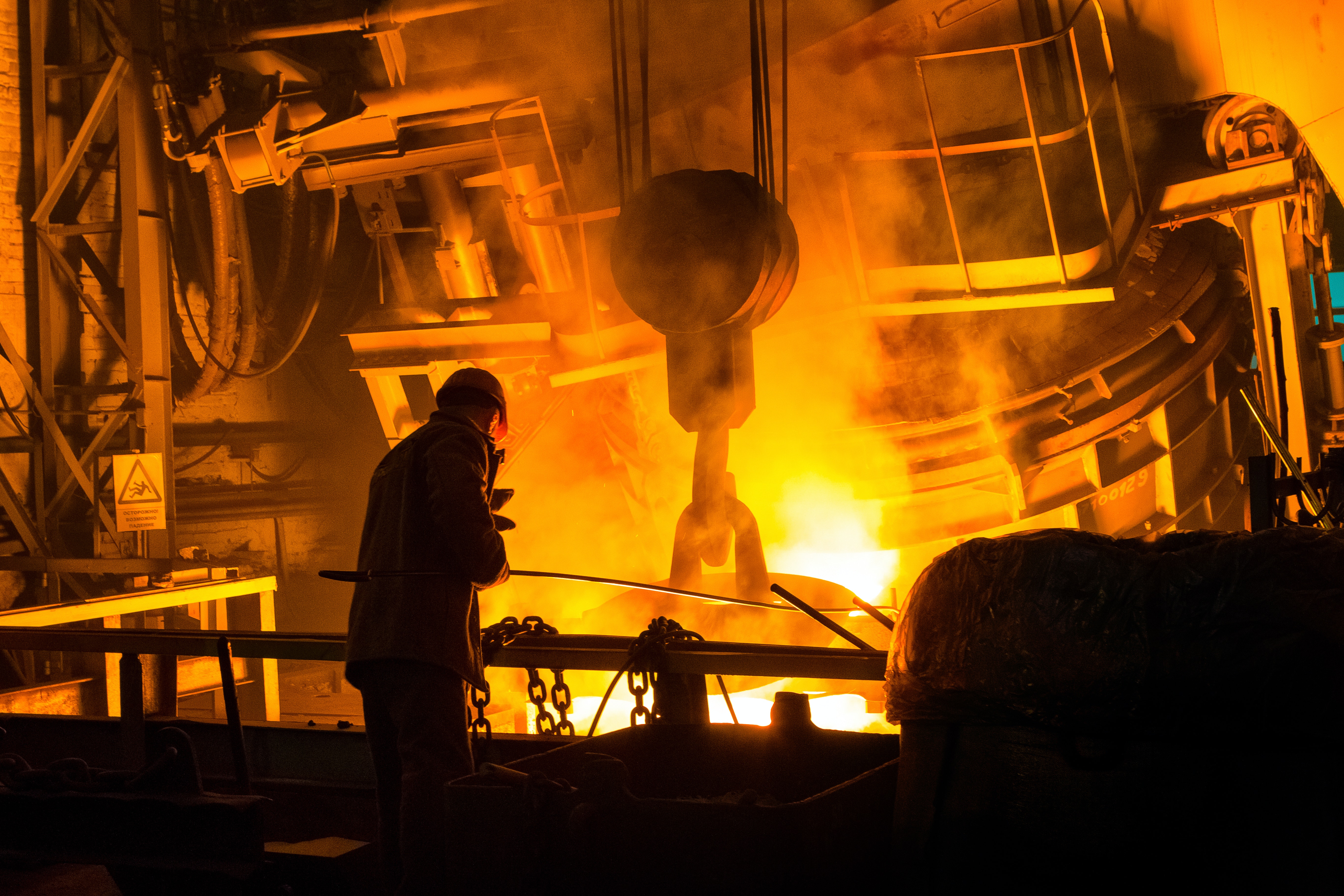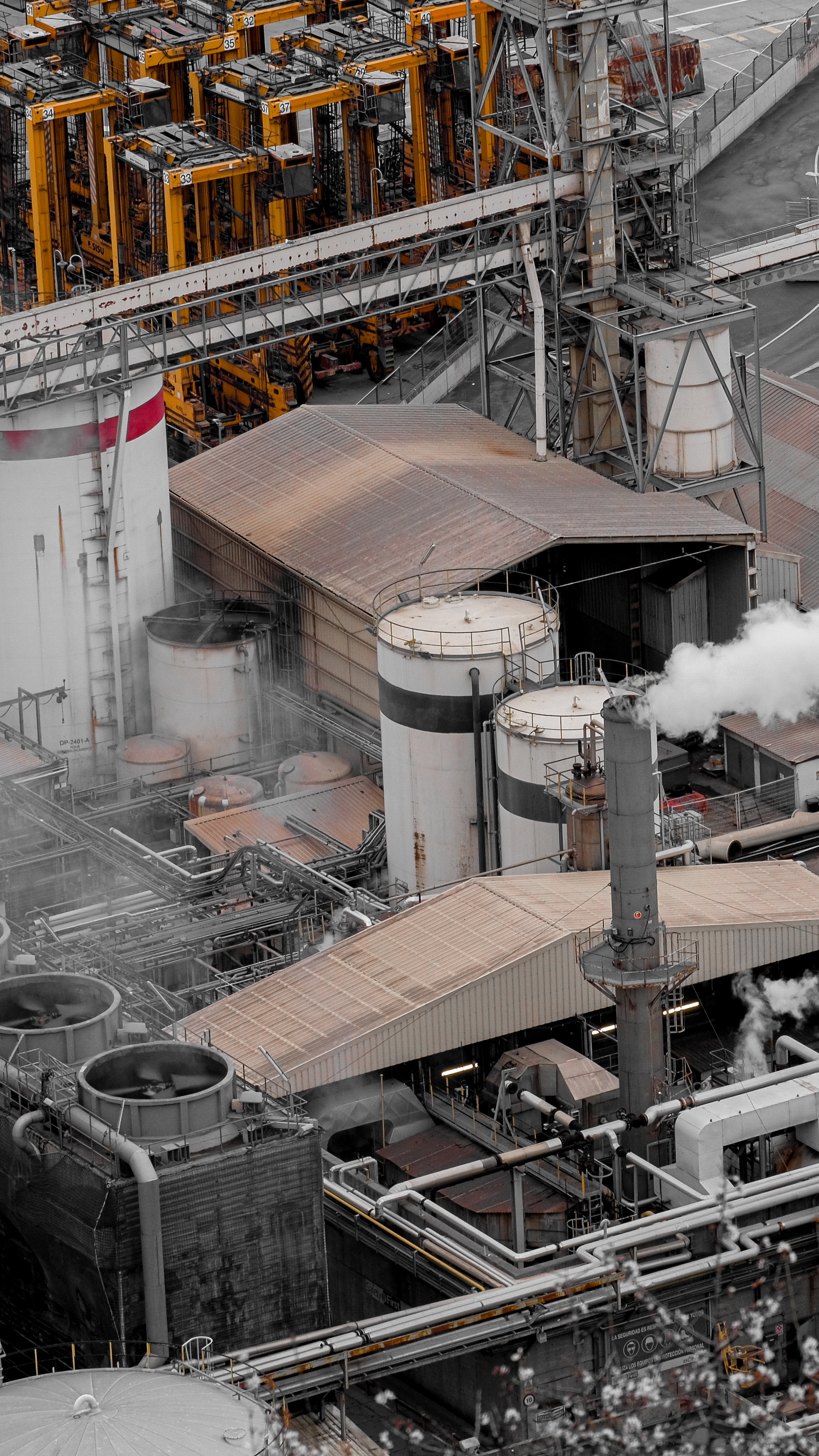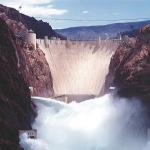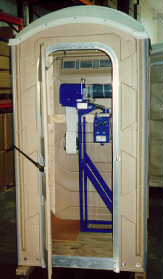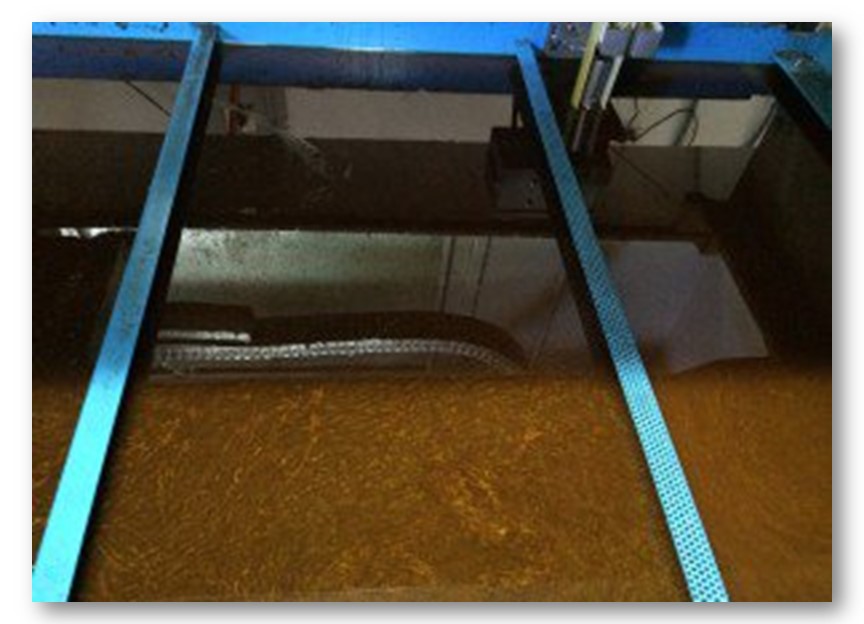Difficult to remove and dangerous to the health of the environment and humans, DNAPLs are a persistent thorn in the side for many areas. Still, there are many ways to treat DNAPLs; the key is to find the correct method for the individual site.
What is a DNAPL?
DNAPL is short for dense non-aqueous phase liquid. Common DNAPLs include creosote, coal tar, and heavy oils; common DNAPL applications include degreasing and acting as a solvent. On the other hand, DNAPLs can also be the byproduct of industrial processes; in particular, a form of DNAPL known as multi-compound waste is a common type of waste oil.
Which method is best for Treating DNAPLs?
Each of the following methods have their advantages and disadvantages. The conditions present in each treatment site determine the effectiveness and cost of individual methods and is the largest factor in choosing treatment method. As such, a good working knowledge of the treatment site is key to effective remediation.
Excavation
Excavation, where an environmental remediation firm will dig to the DNAPL and remove the pollutant, is by far the most effective method and has close to 100% efficiency. Excavation is also expensive and impractical, since the DNAPLs are often deep underground and require significant amounts of manpower and machinery to reach the aquifer.
Bioremediation
Bioremediation is a much more common method. By introducing or encouraging the growth of organisms that can digest the DNAPL, bioremediation breaks down the pollutant into ecologically friendly substances. Bioremediation not only treats the DNAPL effectively, but can also potentially treat other pollutants in the remediation area and does not require the removal of waste.
Belt skimmers
Belt skimmers can be an effective means of DNAPL treatment. Having an oleophilic belt gives the belt oil skimmer an inherent way to attract floating oils and emulsified fluids without relying on pumps or other like means. In addition, a belt oil skimmer like the PetroXtractor requires far less daily maintenance than pumps or other means of collection.
Air sparging
Air sparging involves pumping pressurized air into the groundwater, causing the hydrocarbons in the water to become a gas. This gas is then sucked up by vacuum extraction. Air sparging is unable to function with low air permeability and functions inefficiently when the air permeability is too high.
Soil vapor extraction
Soil vapor extraction (SVE) is similar to air sparging, but focuses on removing contaminants from the surrounding soil rather than groundwater. As such, the technique shares may of its advantages and disadvantages with air sparging. Both techniques are focused on environmental remediation; although some industrial processes may be able to accommodate air sparging, most will find the introduction of gas into a potentially polluted tank will propagate foul smells and potentially harmful gases.
Solidification
Solidification involves immobilizing the contaminant via chemical or physical means. Often, this method relies on trapping contaminants in soil, either reducing contamination of the aquifer or making the contaminant easier to remove. Inorganic pollutants, such as radionuclides, can be collected more easily and with fewer health risks like radiation poisoning.
In situ oxidation
In situ oxidation involves the injection of chemical oxidizers, materials such as oxygen or the halogen family that encourage the loss of electrons, into the contaminated area. The chemical reaction between the chemical oxidizer and the pollutant renders the pollutant harmless. Often, oxidation is used for chemical pollutants. Oxidation still needs to react with the substance; if the pollutant is not easily oxidized, the treatment will have no effect.
In-situ chemical reduction
In-situ chemical reduction is similar in concept to In-situ oxidation. Usually used to treat chromium and the solvent trichloroethene, the method introduces a reducing agent such as zero-valent iron nanoparticles to reduce the number of electrons in a contaminant and change the contaminant to something less harmful.
Pump and treat
Pump and treat refers to the process of pumping out the groundwater from the aquifer and subsequently treating that groundwater through any number of means, including most of the methods listed above. Pumping out the water makes the water easier to treat since the conditions can be adjusted for better collection and the aquifer may not be suited to the optimal method of remediation.
Collecting DNAPLs can be a difficult task but is possible with enough foresight and planning. By understanding the nature of the contamination and the unique environment the treatment occurs in, an effective treatment method can be selected.
To learn more about oil skimmers, please contact our experts at 440-543-7400 or visit our website: www.abanaki.com



